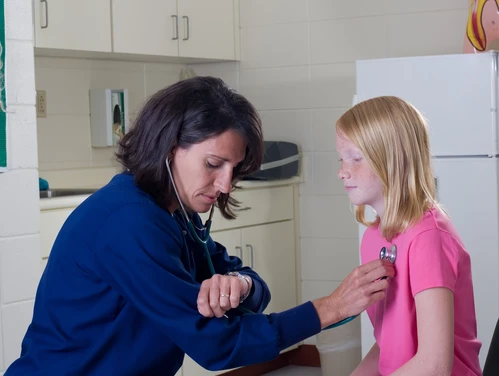Content Information
Your school’s emergency capabilities are ultimately dependent on the community’s response to emergency calls from your school. Foster relationships with your emergency medical service (EMS) responders, county emergency managers, law enforcement agencies, hospitals, local and state public health services, social services, mental health organizations, and others. All of these entities are important in the continuum of emergency preparedness, response, and follow-up. Together, the response is stronger.
Follow the completed emergency data sheet:
It’s particularly important to familiarize yourself with the competencies and functions of your local emergency medical services (EMS) agency. Meet with your community agency representatives to discuss strategies for improving student outcomes when medication or other health-related emergencies arise. The instructional steps assist the registered nurse working under the auspices of the school or program in professional judgement and accountability of delegation. Additional steps may be required depending on the school or program needs.
School nurses or school personnel can create an emergency data sheet that summarizes EMS response information that includes:
Names, locations and telephone numbers of EMS coordinators for the school area
Telephone number for EMS if 911 is not necessary
Projected time before EMS arrives. (Note: it is good to have the typical response time and a projected longest arrival time)
Certification, skills and actions for EMS services that may be performed. Be familiar with the level of care that your local EMS can provide.
Note your community EMS protocol for transport to designated hospitals or trauma centers.
Protocol for transporting a student with complex health needs to a different hospital at the family’s request. Parents must sign a consent for release or exchange of information to communicate with EMS in advance regarding arrangements.
